Authenticity. Trust. Elegance.
Shop Certified Pre-Owned Designer Jewelry David Yurman, John Hardy, LAGOS & More
Authentic Since 2017
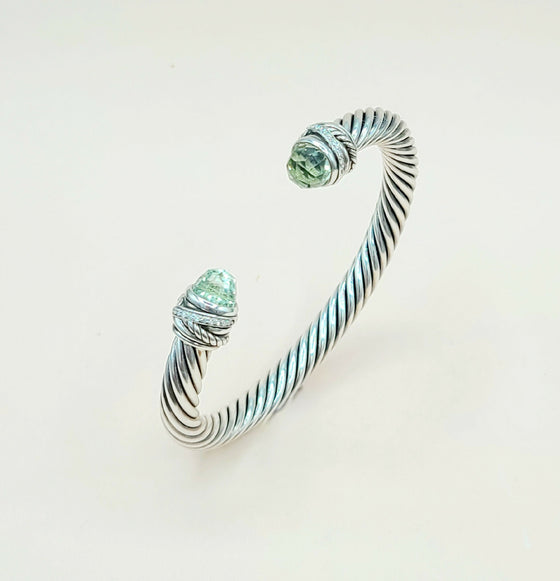
David Yurman 7mm Crossover Prasiolite Diamond Bracelet
$1,420.00
$875.00
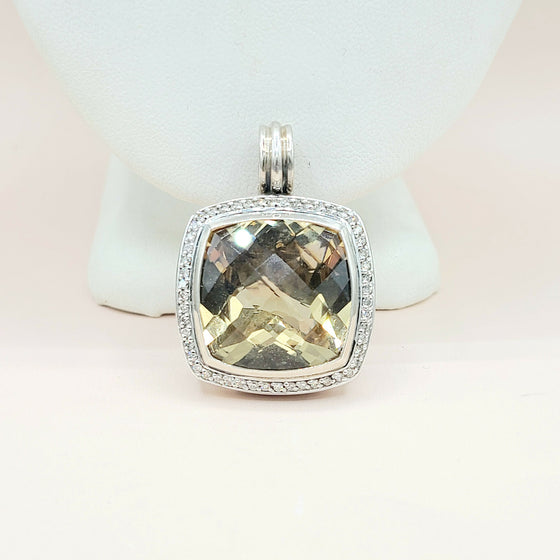
David Yurman Albion 20mm Champagne Citrine Diamond Pendant Enhancer
$3,200.00
$1,450.00
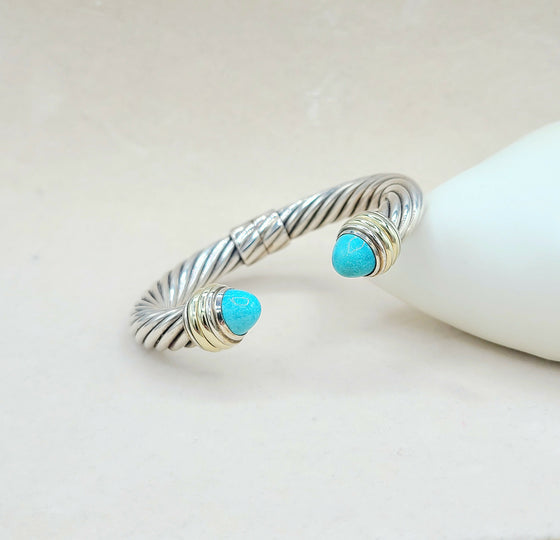
David Yurman 10mm Cable Turquoise Silve Gold Bracelet
$1,975.00
$1,225.00
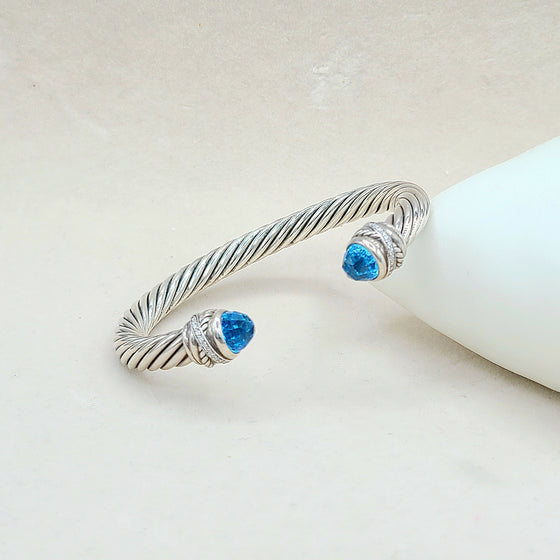
David Yurman 7mm Crossover Hampton Blue Topaz Diamonds Bracelet
$1,450.00
$895.00
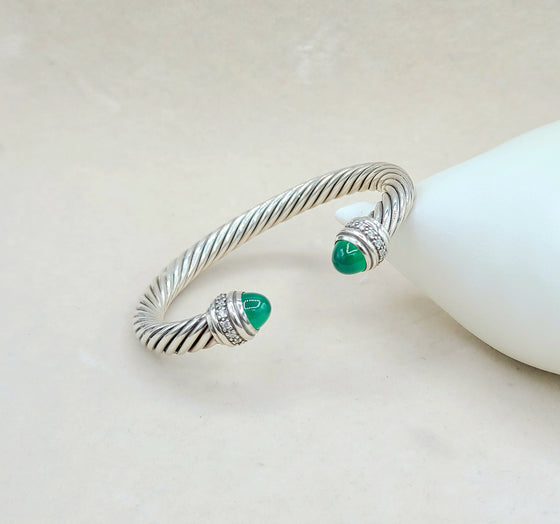
David Yurman 7mm Green Onyx Diamond Cable Bracelet
$1,950.00
$1,225.00
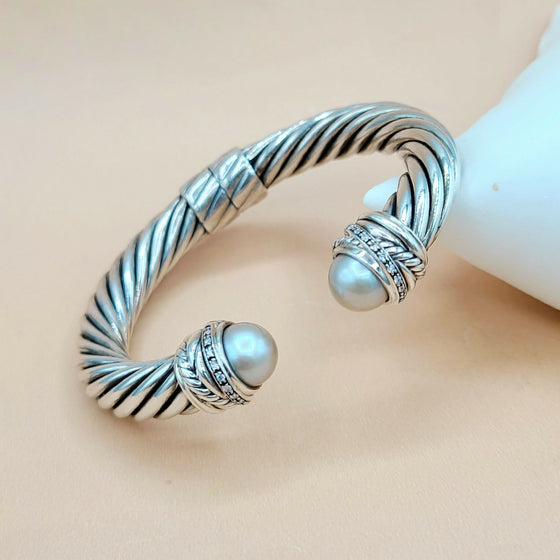
David Yurman 10mm Crossover Grey Pearl Diamonds Bracelet
$2,250.00
$1,495.00
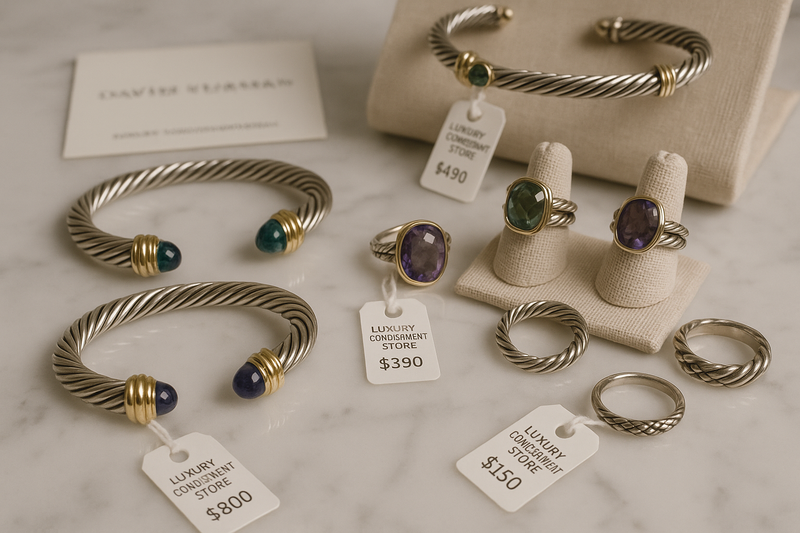
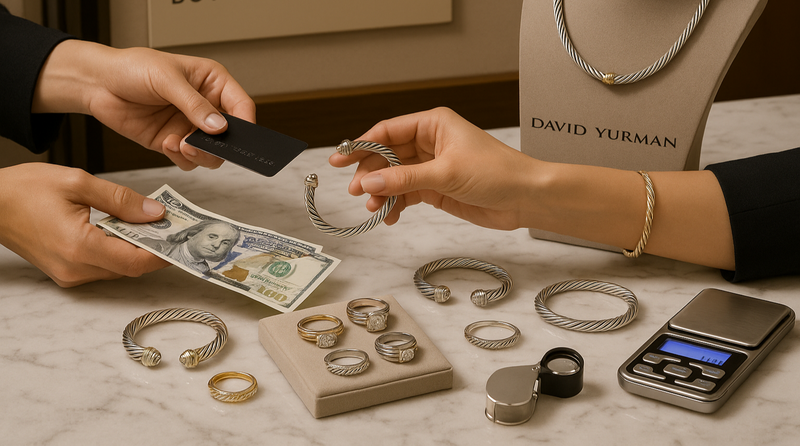

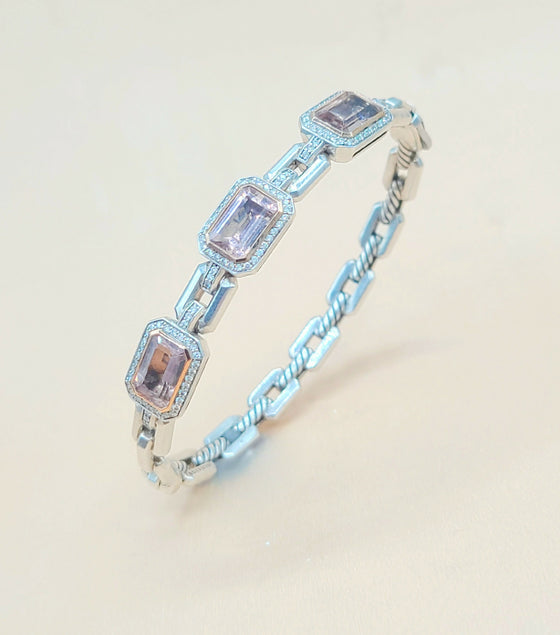
David Yurman Novella Morganite Diamond Rose Gold Silver Bracelet
$3,995.00
$3,000.00
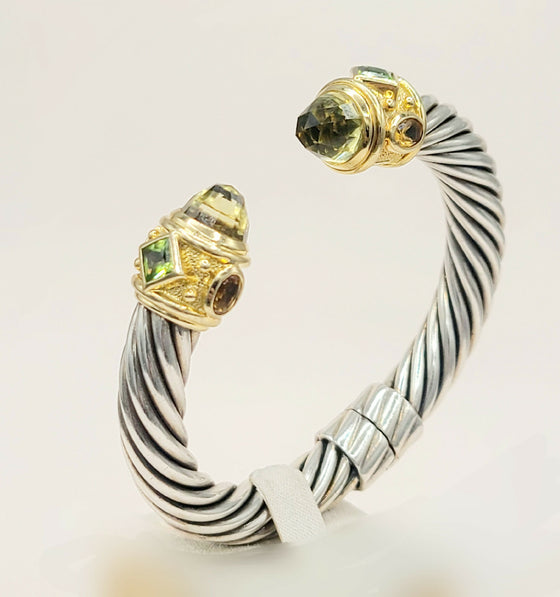
David Yurman Renaissance Cable Lemon Citrine Peridot Gold Bracelet, 10mm
$4,150.00
$2,195.00
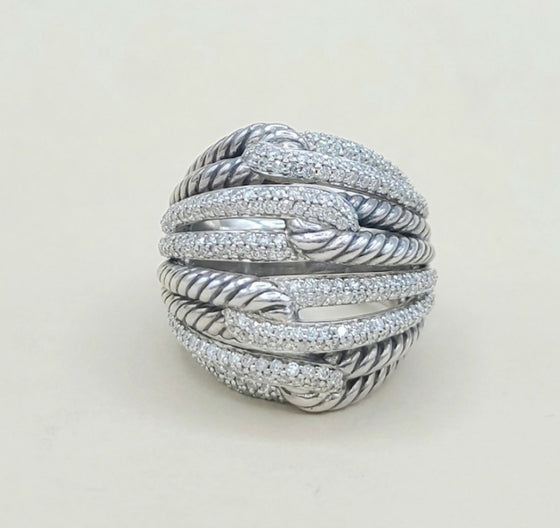
David Yurman Labyrinth Quadruple-Loop Ring – Diamonds
$3,550.00
$2,150.00
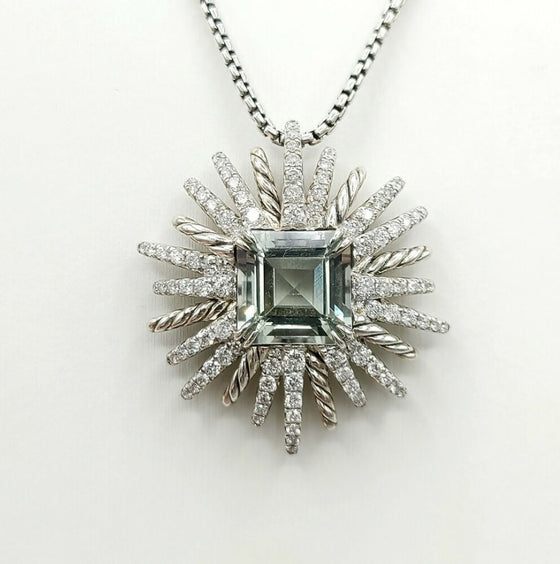
David Yurman Starburst Pendant – 30mm Prasiolite & Diamonds
$3,500.00
$2,150.00
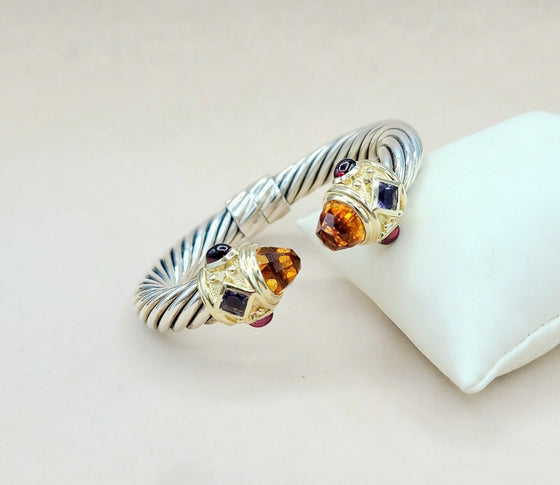
David Yurman Renaissance Bracelet 10mm Citrine & Iolite
$4,850.00
$2,100.00
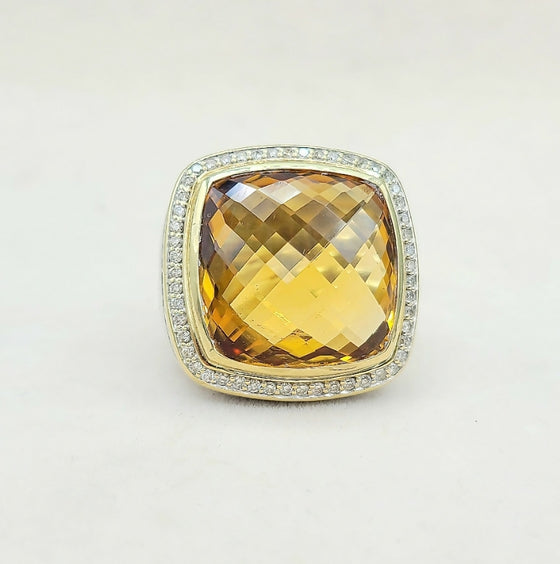
David Yurman Albion Ring 20mm Citrine & Diamonds
$4,450.00
$2,050.00
AYW Luxury Testimonials
Real. Trusted. Proven

